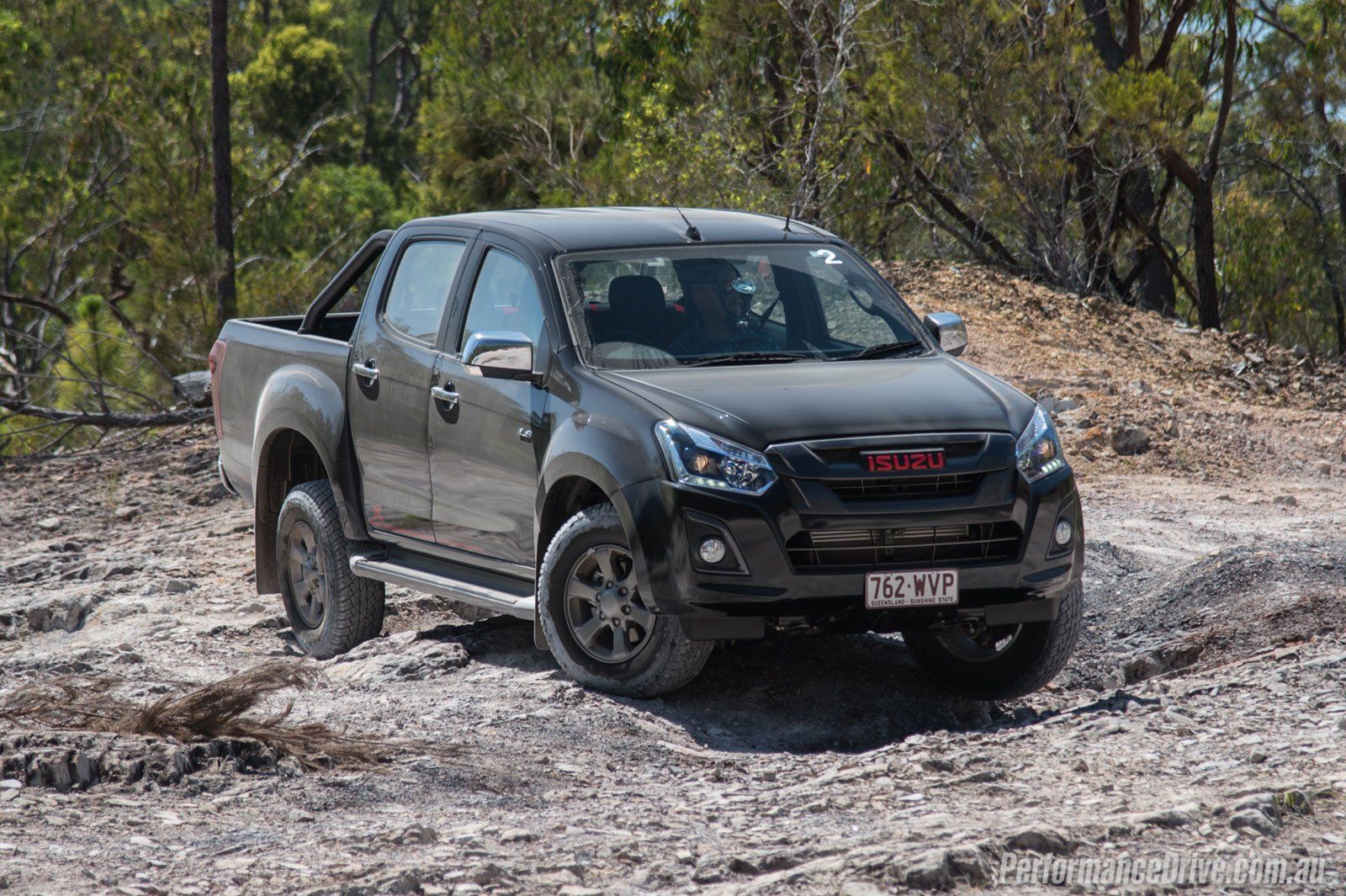1MG FlippingBooks
Utes in Australia - truck know-how drives Isuzu D-MAXUtes in Australia
A relatively recent entrant into the Australian ute market, the Isuzu D-MAX is surprising the industry with its steadily increasing market share. First launched in 2008, the D-MAX has spent the last ten years proving its reliability, economy and durability.
With more urban and suburban buyers using utes as the family car ( as we covered earlier ), sometimes the tech and luxury of the cab trumps what’s under the hood.
The 2018 D-MAX, however, remembers its purpose – not surprising given Isuzu is the world’s largest manufacturer of trucks and diesel engines. Keeping the workmanlike design of previous generations, Isuzu’s latest offering features an Australian-exclusive 3.0L turbo-diesel engine and a six-speed transmission. Isuzu has upped the maximum torque output to 430Nm and lowered its power requirements. Combined with an ultra-high-pressure common rail fuel injection, drivers get more grunt for greater fuel efficiency.
This is helped along by the ute’s variable geometry turbocharger, which cuts down on lag and keeps efficiency up even at high speed and across all terrains. The turbocharger’s intercooler and a newly-designed injection differential work together to handle the increase in power and efficiency, extending the life of the engine and ensuring its reliability.
This gives the ute the satisfying feel of a truck with no-nonsense power. The D-MAX also has the option of both 4x4 and 4x2 models and costs significantly less than the market-leading Hilux and Ranger by forgoing some of the more luxurious bells and whistles.
Despite this, Isuzu have acknowledged that utes are not just a work vehicle anymore. The latest D-MAX models offer a towing capacity of up to 3.5t to accommodate work and leisure needs, while the cabs are spacious enough to fit the whole family. 2018 D-MAX LS-T models have even borrowed some of the interior finishes of Isuzu’s top line SUV, the MU-X. Leather seats and leatherette panelling give the cabs a more premium feel.
However, overall, Isuzu isn’t straying too far from their roots.
“Our engineering, combined with our ‘truck-tough’ chassis design and millions of kilometres of torturous testing, makes the Isuzu D-MAX more than capable of handling any situation you can throw at it,” said an Isuzu spokesperson. “Our truck DNA typifies the strength of Isuzu, and our reputation is built on reliability.”
You can read more our earlier article on the changing Australian ute market here.

















